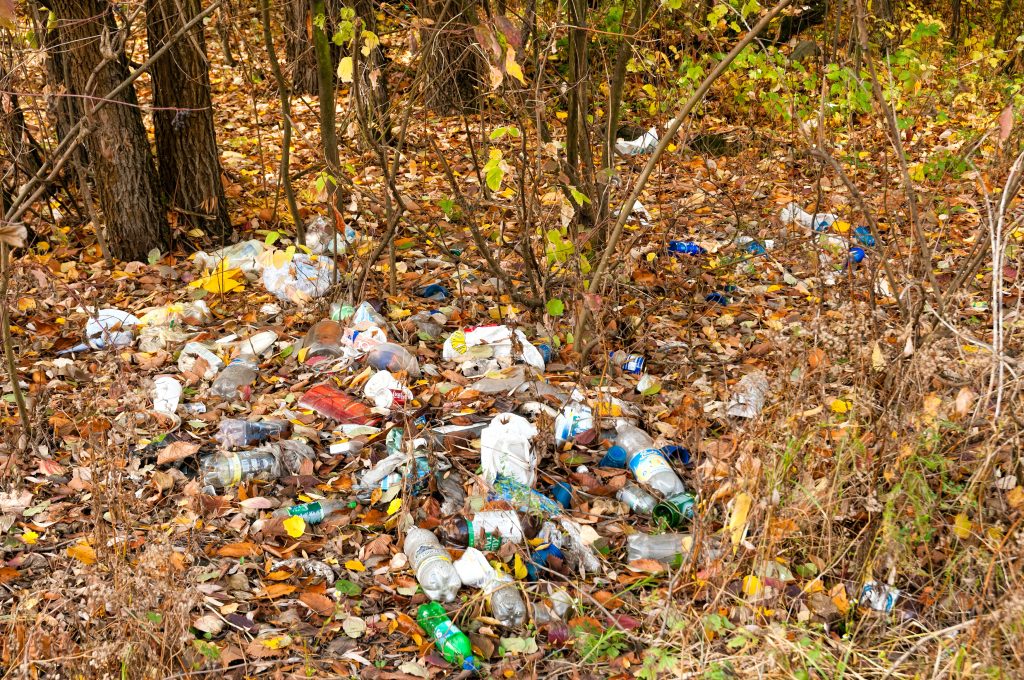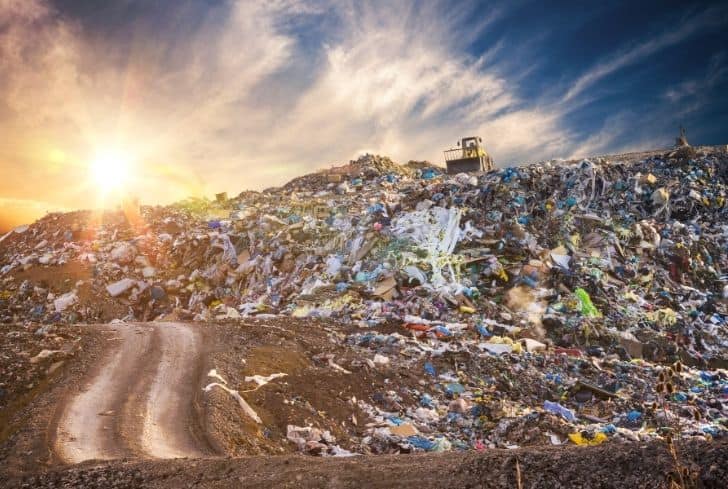Garbage from homes and factories can both pollute the land. According to the EPA, Americans generated approximately 258 million tonnes of solid waste in 2014. In total, 136 million tonnes of waste were deposited in landfills. Only 34% of the waste was repurposed in this way.
The Environmental Protection Agency (EPA) stated that organic material made up the majority of the waste generated. Most of the waste came from paper and paperboard, which accounted for further than a quarter of the total. In terms of solid waste, plastics accounted for 13 percent of the total, followed by rubber, leather but also textiles (9.5%), and metals (9%). Solid waste included wood (6.2%), glass (4.4%) and other non-recyclables (about 3%) as major components.

More than one third of solid waste is commercial or industrial. An American family’s annual supply of necessities is estimated by industry to be 4 £ of material, according to research from Utah’s university. Non-hazardous materials, such as wood, concrete, bricks, and glass, make up the bulk of the refuse (bandages, surgical gloves, discarded needles, surgical instruments, etc.). Toxic waste is any liquid, solid, or sludge waste that contains hazardous or potentially hazardous properties. Mining, petroleum refineries, pesticide manufacturing, as well as other chemical production all produce hazardous waste for industry. Many hazardous materials are produced in the homes of people as well, including hazardous waste like paints and solvents, oil, fluorescent lights, and ammo cans and ammunition.




